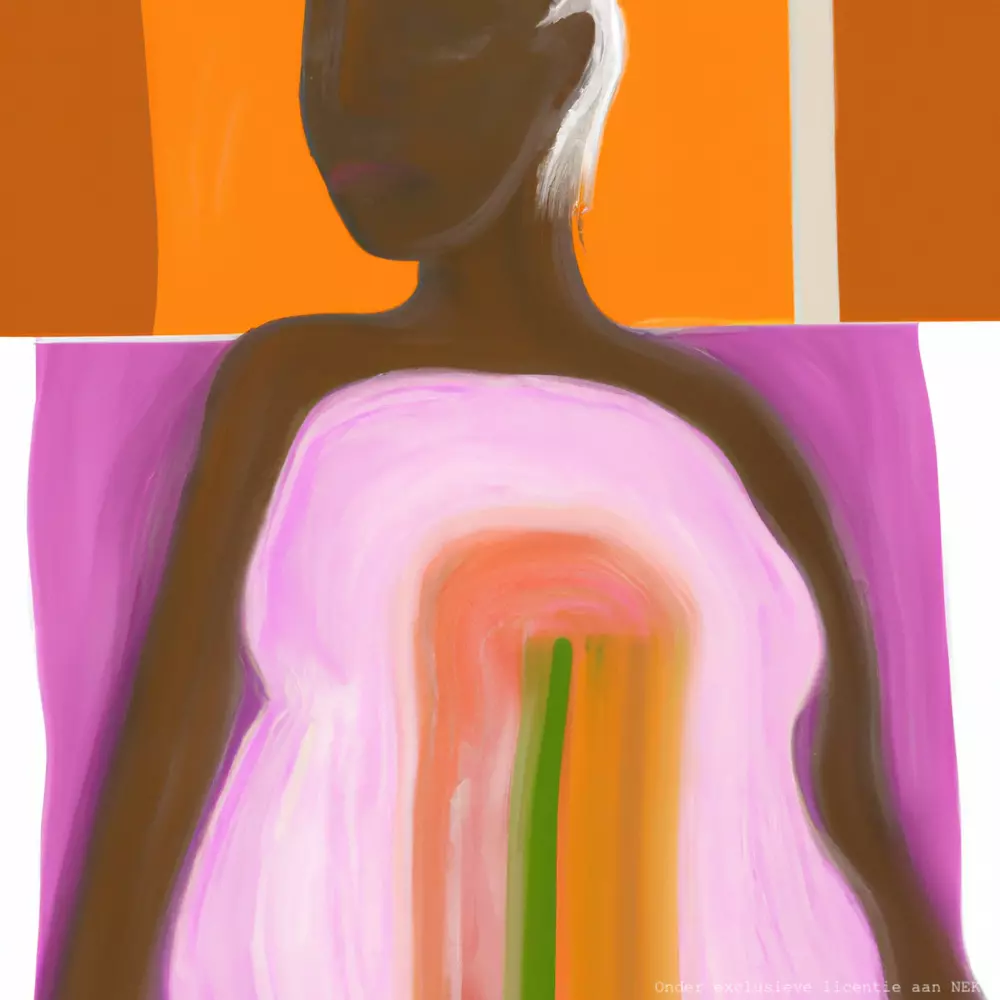What is endometriosis
Endometriosis is a chronic condition in which tissue similar to the tissue that lines the inside of the uterus (the endometrium) is also located outside the uterus. This tissue can attach itself to the abdominal lining or organs in the abdomen and cause an inflammatory response, which can cause pain and scarring.
Different Types of Endometriosis
Endometriosis exists in different variants. Below, the different forms are further explained.
Superficial Endometriosis
Superficial endometriosis, also known as peritoneal endometriosis, is the most common form of endometriosis. About 90% of all people with endometriosis have the superficial type. It is called superficial because it stays on the surface of tissues, on the peritoneum. It does not grow deeper into tissues or organs.
Superficial endometriosis can be found throughout the whole abdominal cavity and can only be seen during a laparoscopic procedure. This form is not visible from the outside, is not detectable during a physical examination, can’t be seen on an internal ultrasound, nor on an MRI scan.
Cause of Endometriosis
The exact cause of endometriosis is unknown. There are several theories. Research has shown that the cause of endometriosis is a complex interplay of genetic, hormonal, and immunological factors.
Endometriosis is an estrogen-dependent condition, and girls and women with a mother who has endometriosis are at a higher risk of developing endometriosis themselves.
Deep Endometriosis
Deep endometriosis affects about 10% of all women with endometriosis. In this form, the endometriosis does grow into deeper layers of tissue or into organs. As a result, these organs can be affected. For example, when endometriosis invades the intestines, bladder, ureters, or nerves, the function of these organs or nerves may be damaged or altered. Sometimes this leads to pain, but it can also cause changes in bowel or urination patterns, or may even result in blood in the urine or stool. Our center specializes in the treatment of this form of endometriosis.
Ovarian Endometriosis
Ovarian endometriosis is endometriosis in the ovaries. This form of endometriosis often occurs together with deep endometriosis. Endometriosis in the ovaries mostly presents itself as cysts. These cysts are filled with endometrial cells and (old) blood, which appears as a thick brown substance. This is why they are also called “chocolate cysts”. The medical term used for this is “endometrioma”.
Adenomyosis
Adenomyosis is a form of endometriosis that is located in the muscle layer of the uterus. This can occur in various forms, from very localized disease to extensively spread.


What are the Symptoms of Endometriosis
Endometriosis can lead to a wide range of symptoms that vary from person to person. Common symptoms of endometriosis include menstrual pain or heavy periods, pain during intercourse, pain during bowel movements or urination, and fertility problems. These pain symptoms can also develop into pain that is constantly present (chronic pain). Additionally, many people experience fatigue, bloating, gastrointestinal issues, and urinary problems. Symptoms such as monthly blood in the stool (due to endometriosis in the intestines) or shoulder pain (due to endometriosis on the diaphragm) can also occur.
Common Locations
Endometriosis is most commonly found in the pelvic area (lower abdomen), such as on or in the uterus, ovaries, fallopian tubes, in the (large) intestine, bladder, or ureters. It is also often seen on the ligaments supporting the uterus.
However, it can also occur outside the pelvic region, such as in the appendix, umbiliacus, or diaphragm. Locations outside the abdominal cavity are much rarer, but endometriosis can be found in the lungs, in the groins, or in certain nerves.
Endometriosis can also implant in areas where surgery has been performed, sometimes causing painful lumps in the scar tissue from a cesarean section.
Endometriosis can also implant in areas where surgery has been performed, sometimes causing painful lumps in the scar tissue from a cesarean section.
Relationship between the severity of symptoms and the type of endometriosis
The severity of endometriosis does not always correlate with the severity of symptoms such as pain. A small spot of endometriosis can cause a lot of pain, while more severe endometriosis (with or without organ damage) does not always cause symptoms. Additionally, persistent mild symptoms can be just as disruptive as severe symptoms that occur occasionally.
What are the treatment options for endometriosis?
Roughly, there are three categories of treatments to choose from, and often a combination of treatments is needed. A patients preference and choice of treatment may change over time.
The goal is to improve the quality of life and, in cases of organ threat, to protect the patients health.
Symptom control
Symptom control
Symptom control is a form of treatment that looks only at how and to what extent the symptoms can be relieved. Endometriosis itself is not necessarily treated. Maximum effort is made to find a way to control the symptoms and make them livable.
Hormonal Therapy
Endometriosis is an estrogen-dependent condition. Estrogen is a natural hormone needed for the menstrual cycle. Suppressing estrogen can help reduce symptoms. This is done through hormone treatment. With hormone treatment, we alter the hormone balance in the body. The goal is to lower the production of estrogen in the body or, in some cases, even stop it (almost) completely.
Surgical Treatment
Surgery may be performed if medically necessary, if other treatments have not been sufficient, or in preparation for fertility treatment.

